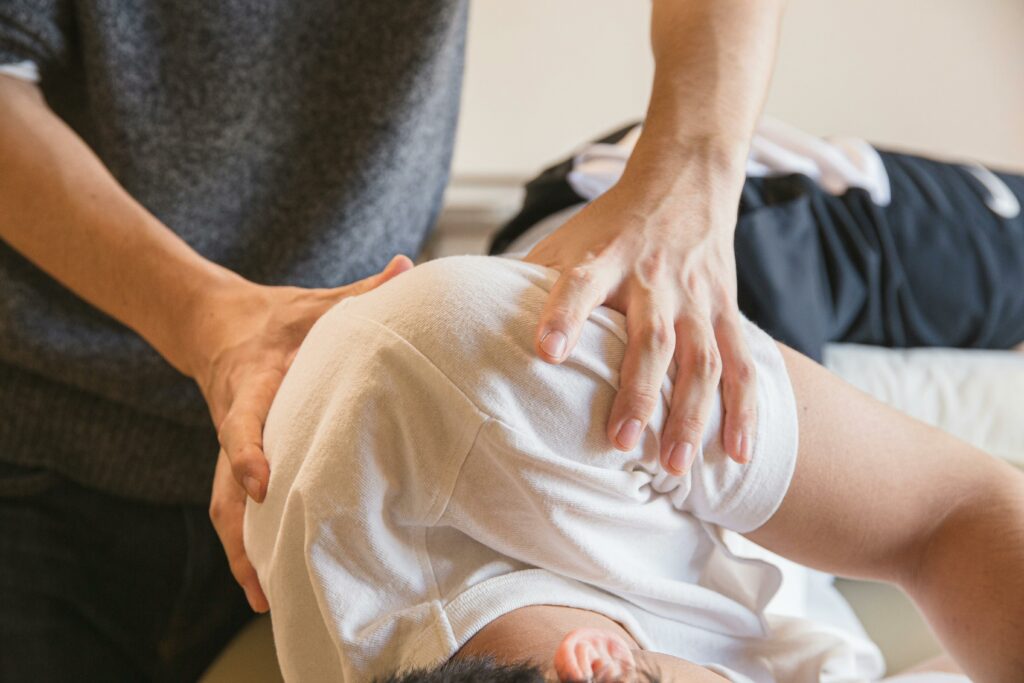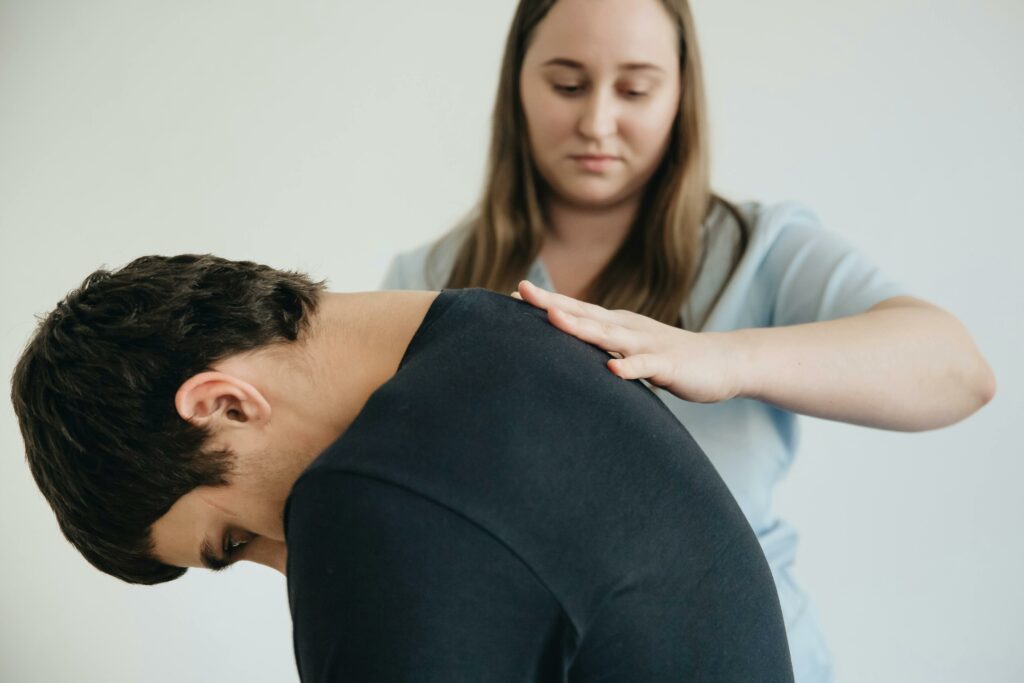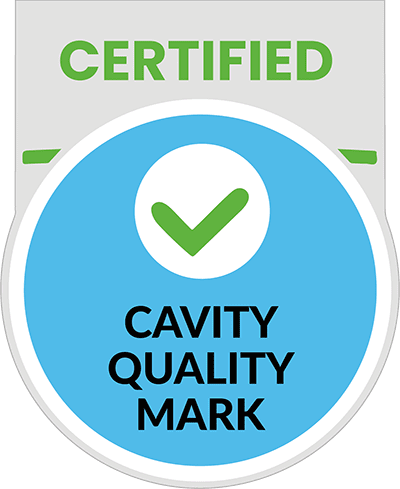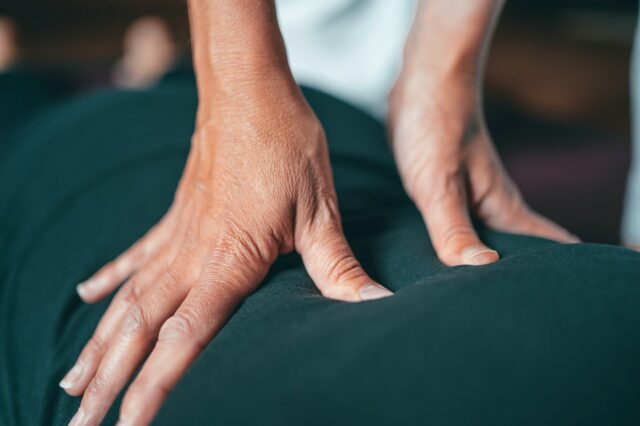You Are Not Alone- Back Pain in Dentistry Is Common
If you’ve ever ended a shift with a sore back or stiff shoulders, you’re far from alone. The physical demands of dental work mean that many professionals experience musculoskeletal (MSK) pain, particularly in the lower back, neck, and shoulders.
We spoke to Daryl Browne, an MSc-qualified exercise scientist with over 15 years of experience helping people overcome postural and movement-related pain. Daryl’s expertise lies in understanding how posture imbalances, weak core muscles, and repetitive habits can lead to long-term discomfort.
“Many dental professionals develop chronic pain because their posture and movement patterns become unbalanced over time,” explains Daryl. “But the good news is that with the right approach, you can correct these imbalances and move pain-free again.”

Why Dental Work Can Be Tough on the Back
Dental professionals spend much of their day in static, forward-leaning postures. Even when using ergonomic chairs and magnification loupes, maintaining precision often means sacrificing ideal posture.
Common causes of back pain in dental professionals include:
-
Prolonged sitting or standing in fixed positions.
-
Leaning forward for visibility, placing strain on spinal discs.
-
Rotating the body repeatedly to one side, creating muscular asymmetry.
-
Weak core and glute muscles, which reduce spinal support.
-
Poor posture awareness and infrequent movement breaks.
Over time, these small stresses add up. The result? Tight hips, sore shoulders, and recurring lower back pain that can make your workday, and even your home life- uncomfortable.
Understanding Posture and Muscle Imbalances
When certain muscles become overused and others underactive, your body compensates. For example:
-
Tight hip flexors and weak glutes cause the pelvis to tilt forward, increasing lumbar strain.
-
Tight chest and shoulder muscles pull the shoulders inward, rounding the upper back.
-
A weak core means the spine lacks stability, forcing smaller muscles to work overtime.
This pattern, known as postural distortion is a major contributor to pain in dentistry. Correcting it requires both stretching tight muscles and strengthening weak ones, which is where targeted exercise comes in.

A Practical Framework for Fixing Back Pain
Daryl Browne’s program, “21 Days to Perfect Posture,” offers a simple yet effective three-step system to help you restore balance and build resilience against pain.
1. Assess Your Posture and Habits
Start by observing your default positions at work. Are you consistently leaning to one side? Do you sit with crossed legs or rounded shoulders? Awareness is the first step toward improvement.
2. Stretch the Overactive Muscles
Focus on muscles that become tight from static postures- hip flexors, chest, hamstrings, and lower back. Gentle stretching or yoga-style mobility can relieve tension and restore range of motion.
3. Strengthen the Supporting Muscles
Build endurance in your core, glutes, and back stabilisers. Even 10 minutes of strengthening exercises daily can make a noticeable difference.
You can explore these exercises in Daryl’s book “21 Days to Perfect Posture”.
6 Everyday Tips to Prevent Back Pain at Work
In addition to structured exercise, small daily adjustments can dramatically improve your spinal health.
- Move Every 30 Minutes
- Set a timer or use your smartwatch to remind you to change position, stretch, or walk for 60 seconds every half hour. Movement helps improve circulation and reduce stiffness
- Adjust Your Equipment
- Make sure your stool height, patient chair, and light positioning allow you to work without hunching forward. Ergonomic dental equipment is worth the investment.
- Alternate Sides When Working
- If possible, switch your working position throughout the day to avoid overloading one side of your body.
- Engage Your Core
- Think of gently “zipping up” your core muscles while sitting or standing. It shouldn’t feel tense, just enough to provide gentle support to your spine.
- Stretch Between Patients
- A quick shoulder roll, chest opener, or standing twist between appointments can do wonders for your posture.
- Prioritise Recovery Outside Work
- After a long day, try low-impact activities like swimming, walking, or Pilates. These help release tension and strengthen your spine-supporting muscles.
Ergonomics for Dental Professionals
Good ergonomics isn’t about sitting perfectly still, it’s about moving well and often. A few principles to keep in mind:
-
Keep your spine in a neutral position whenever possible.
-
Use loupes to reduce the need to lean forward excessively.
-
Keep tools within easy reach to avoid twisting.
-
Adjust lighting and seating between patients to reduce repetitive strain.
-
Support your feet if they don’t reach the floor comfortably.
By combining ergonomic awareness with better posture habits, you’ll significantly reduce the likelihood of developing chronic pain.
How Cavity Dental Staff Supports Your Wellbeing
At Cavity Dental Staff, we know that a healthy dental professional is a confident and productive one. That’s why we actively promote workplace wellbeing and ergonomic awareness across our network.
Through our Cavity Rewards Club, ongoing CPD training, and collaborations with experts like Daryl Browne, we ensure our team has access to evidence-based strategies for maintaining physical health.
If you’re experiencing back pain, we encourage you to:
-
Talk to your Area Manager for advice and resources.
-
Explore our Health & Wellbeing resources hub for more support on joint pain and posture.
Back Pain Doesn’t Have to Be Part of the Job
Dental professionals play a crucial role in patient care, but that care should extend to ourselves too. By understanding your body’s needs and investing a few minutes each day in movement, you can prevent pain and stay comfortable throughout your career.
“When you strengthen the right muscles and give your body time to move,” says Daryl, “you’ll not only feel better, but you’ll also perform better in your work.”
Remember, small changes add up. Whether it’s adjusting your chair height, stretching between patients, or committing to a posture program, every step toward better ergonomics brings you closer to a pain-free workday.


